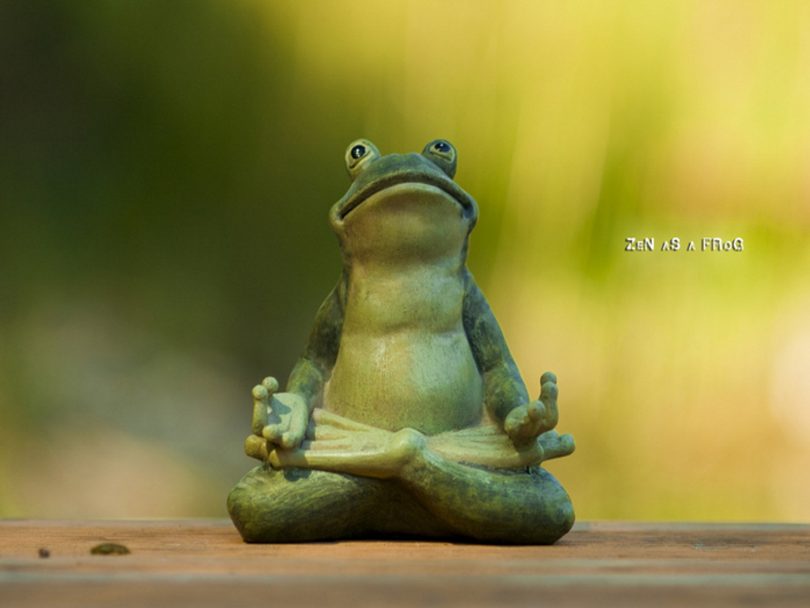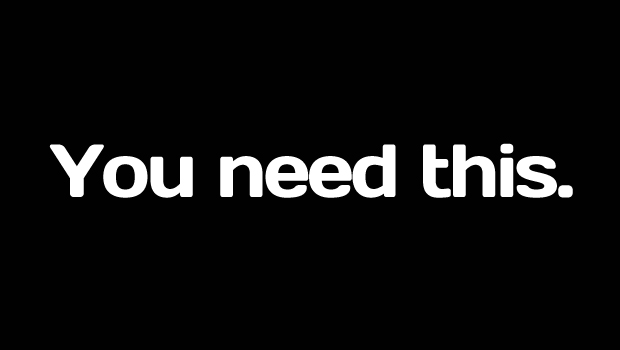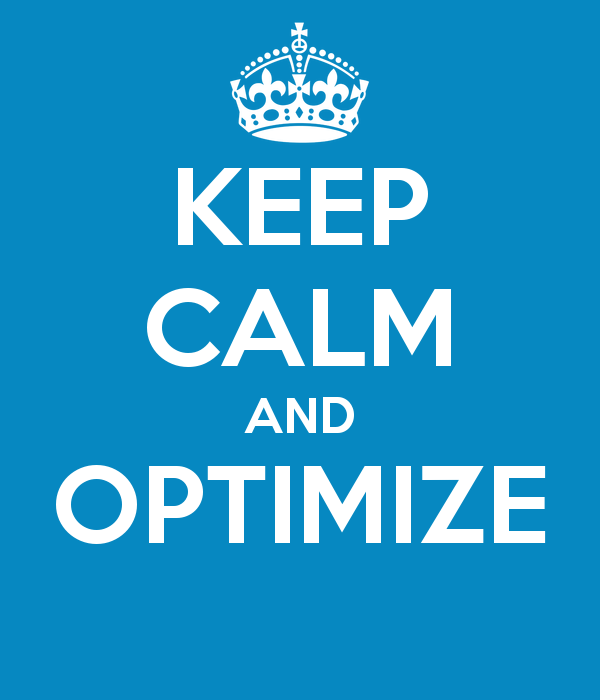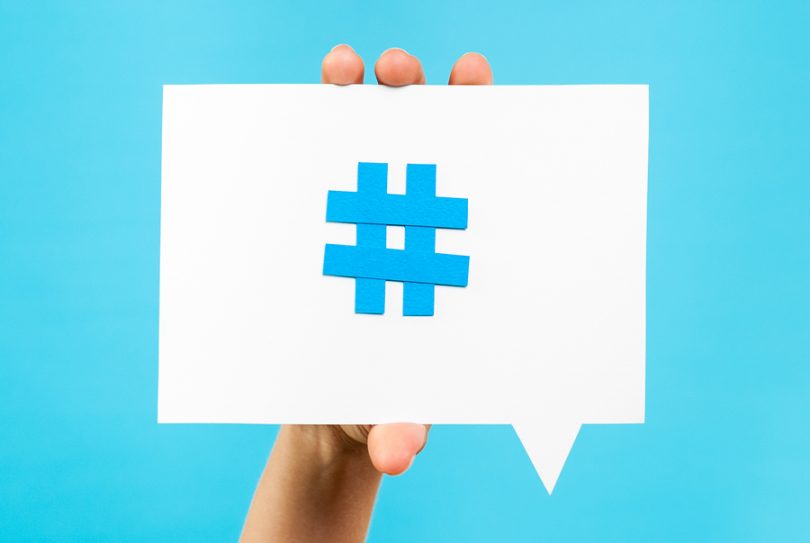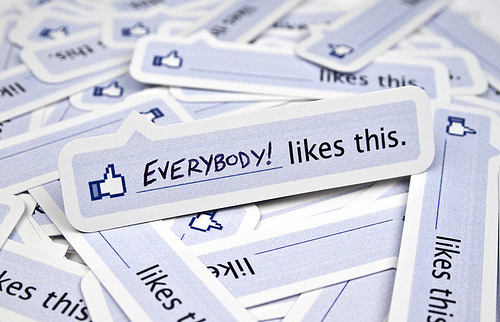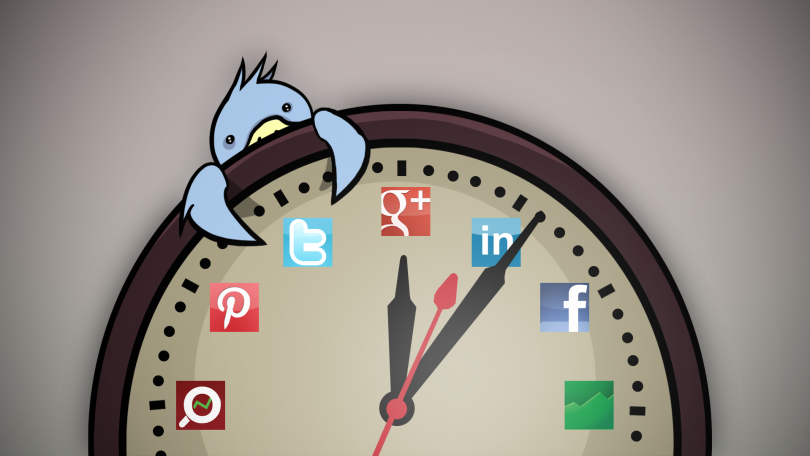You are using social media to market your business. You are engaging every day, meeting new connections, finding new business, and starting exciting discussions. There is so much going on at times that you feel a bit overwhelmed, but are still eager to keep learning.
But, after a while, you begin to slip. You start cutting corners and begin to get unfocused. But this is normal right, happens to everyone?
No! You need to nip this in the bud now, before you go any further. When you spend time marketing on social media, you are investing time (and money) into your future online success. In order to keep the ball rolling, you need to keep your activity consistent!
Here are three social media mantras that I repeat everyday in order to keep me and my team at The Go! Agency on point:
Mantra 1: I will plan before I dive.
As you begin to engage with social media sites, you will come across new and exciting tactics, markets, ideas, and opportunities. When you hit these, do not drop everything and throw all of your effort that way immediately. Take a minute and see how you can approach new ideas in a way that is aligned with your overall marketing strategy and in a manner where you can get the most bang for your buck in the least amount of time.
Your marketing plan will be constantly evolving if you are incorporating social media into it, so please make sure to always approach each new idea with care. By having a well-thought-out approach, you will get the most out of the new opportunity that has been presented. Never turn anything down, but look at it objectively and strategically.
Mantra 2: I will listen, watch, and monitor before I join a discussion.
Many of us make the mistake of not listening before we leap. Our gut instinct is to stick to the same communication style as our conference calls, client meetings, email blasts, or corporate website. If you are going to use that style, you better make sure everyone else is speaking your language. In the social media world:
Listening = Reading
Speaking = Writing
When you are marketing in social media, it is 100 percent reading and writing until the time that the conversation moves to a phone conversation or in-person meeting. One of the aspects of social media marketing that you will have to come to grips with is that it requires a lot of writing and grammar skills.
Before you even write a single sentence, always read everything that has been written already. If someone sends you a direct message, read the entire message before responding (no skimming). If you are getting involved in a discussion on LinkedIn, make sure to read all of the points made by other members before leaving your own comment. If you are going to share someone else’s tweet, make sure that they don’t share explicit content regularly and make sure the link is valid.
For example, say that you are the leader of a national animal rights organization and are highly visible on Facebook. You look at some of your network’s Facebook updates and find a humorous one where they shared a YouTube video of a dancing dog. You loved it! And from the look of it, so did 34 other people. But since there are so many comments about the video, Facebook has hidden them, and you only see the most recent ones. One comment says, “My daughter loved the video, thanks!” You jump in and comment, “That couldn’t be cuter! Love everyone’s comments!”
The problem is that you didn’t read through those 34 comments because if you did, you would have seen that 25 of them were talking about how they would torture the dog. And then there you are, the leader of a well-known animal rights organization, endorsing this behavior.
Listen before you leap.
Mantra 3: I want to pull my customers toward me.
Any discussion of social media ethics would not be complete without first understanding the vital necessity of selflessness. I know it sounds pretty heavy, but stick with me here.
This is a good time to mention the terms “push marketing” and “pull marketing.” These terms refer to promotional strategies defined by the method of engagement. Push marketing requires pushing your brand message or offer onto your audience. Pull marketing requires customer engagement, wherein the customer pulls your products or services closer based on interest.
Push marketing is passive, but it can be pretty aggressive. The customer may or may not be aware of what you have to offer them, as is the case with traditional advertising. Even in an online environment, push marketing talks “to” the customer, not “with” the customer. In the online realm, push marketing can come across as “spammy” and heavy-handed. Most importantly, push-marketing methods are generally based on short-term strategies, such as discount offers for a limited time or coupons with expiration dates.
On the other hand, pull marketing is active. The customer chooses to seek out and engage with your highly visible brand. Creating relevant content that interests customers, entices them to register for your newsletter, or encourages them to join your community, are all effective pull marketing methods. Pull marketing methods focus on developing trust, reliability, and long-term perceived value. Prospects learn to believe your solution is the best for their needs. Pull marketing is the basis for social media marketing with a dash of push thrown in for good measure.
The point of this mantra? Every day you want to focus on getting your community to engage with you, not just read and forget. You want to create new and exciting opportunities for them to get close to you and share ideas, feedback, and their needs and wants. Your strategy needs to be focused on pulling your target audience closer rather than blasting them with one-sided content.
Need Online Marketing Help?
Fill Out the Form Below and We Will Get Right Back to You!
[ninja_forms_display_form id=1]
Read More


